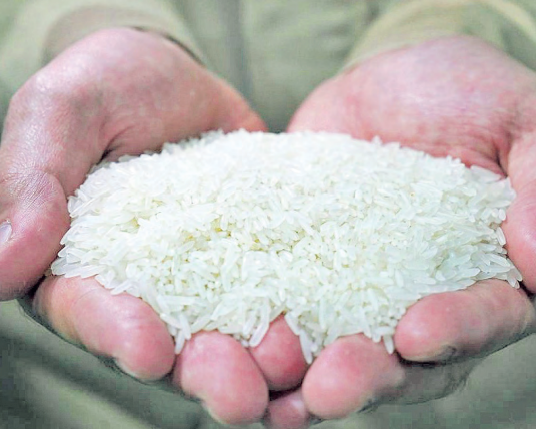
The government is urging local millers to embrace voluntary rice fortification to combat malnutrition and improve public health.
Brenda Nakhumicha, head of the Division of Food Safety at the Ministry of Health, said they are raising awareness and encouraging wider adoption.
Fortifying the staple food could provide crucial micronutrients to the population.
However, challenges such as high production costs and limited consumer knowledge are slowing progress.
Food fortification is the deliberate process of increasing the micronutrient content of food, specifically vitamins and minerals, to improve its nutritional quality.
“Despite the push for rice fortification, the Ministry of Health is still in the process of advocating and raising awareness among millers, which is why the initiative remains voluntary for now. The process is voluntary until a significant portion of millers, around 70 per cent, is on board. At that point, the possibility of making it mandatory will be reconsidered,” Nakhumicha said.
“Once we reach about 70 per cent adoption, we will decide whether to move towards mandatory fortification or continue with the voluntary approach.”
The government has already implemented mandatory fortification of maize flour, wheat flour, oil and salt.
The official said Kenya is experiencing a shift away from maize as the primary staple, with rice gaining increasing popularity.
“Statistics show that rice is consumed in many Kenyan homes at least three to four times a week. This is why it is crucial to begin fortifying rice as well. Rice fortification aims to improve the nutritional status of Kenyans, particularly as malnutrition continues to be a significant concern.”
Fortification will not only to improve the nutritional content of rice but also reduce the economic burden of diseases.
The government will conduct a cost-benefit analysis this year to assess the impact of fortification on healthcare costs, based on the success of other fortification efforts.
A recent report on Kenya’s rice value chain showed that food insecurity and malnutrition are major challenges. Large-scale food fortification has the potential to improve nutritional status.










